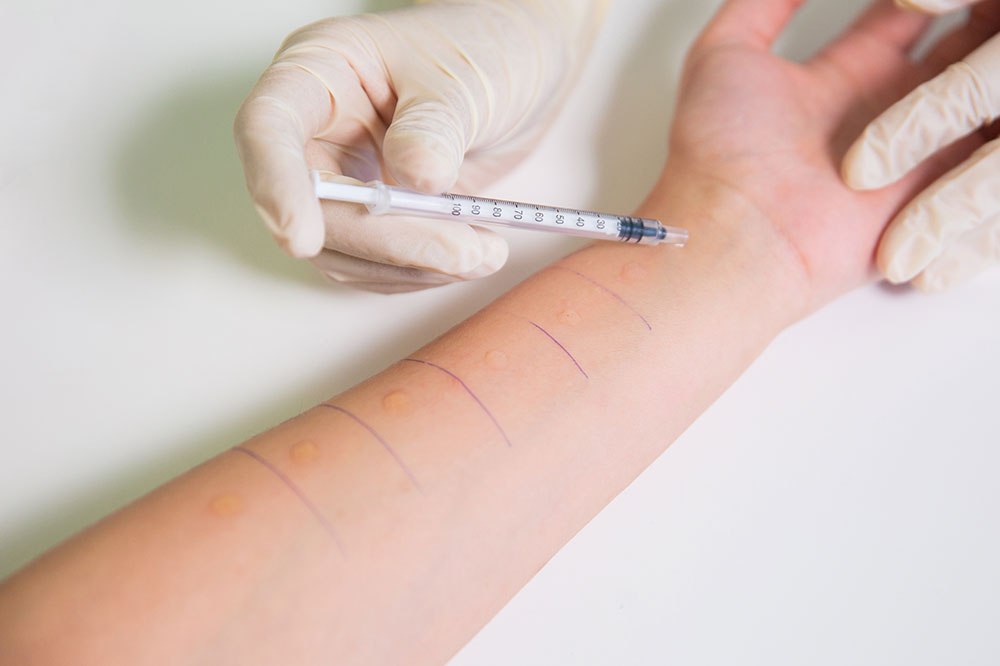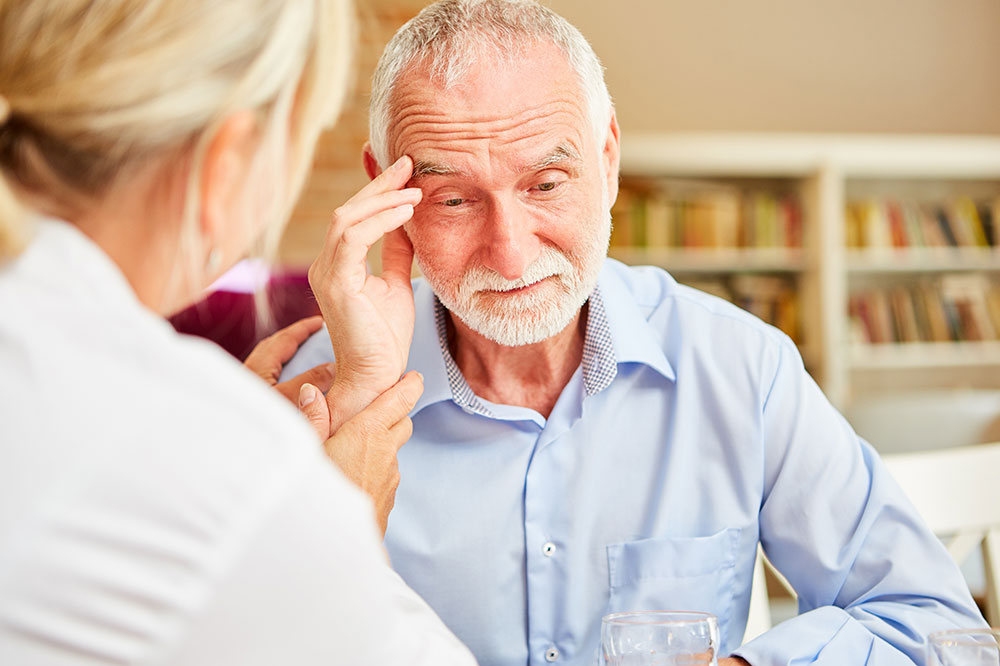6 tips to shave hair safely from intimate areas

Shaving hair from the intimate areas is a regular part of grooming for many, mainly because it maintains hygiene. These days, several methods of hair removal, such as waxing, laser hair removal, etc., have emerged. Nevertheless, the good old technique of shaving remains popular as a cost-effective, simple, and effective way to get rid of unwanted hair. So, here are a few tips to consider when shaving the intimate areas:
Exfoliate the skin before shaving
One of the first steps to shaving hair from the intimate areas is exfoliating these parts. Essentially, exfoliation helps remove dead skin cells, which may cause ingrown hair to develop if left on the skin while shaving. One should remember to exfoliate gently using a soft loofah, exfoliating towel, or even bare fingers. The exfoliation should be done in a circular motion and with mild pressure applied to the skin.
Apply a fragrance-free shaving cream
Products with added fragrances can cause itching and skin irritation and sometimes even trigger hives. That’s why it is important to use a fragrance-free shaving cream when shaving the intimate area so that one does not develop skin infections later. If one has sensitive skin, one should ensure to buy a product that is suited to sensitive skin.
Avoid shaving against the grain
Although shaving against the grain may seem effective in eliminating hair strands, it often causes razor burns and skin irritation. This is because the razor blade pulls at the hair follicles, which can cause friction. To avoid such problems, it is always better to shave with the grain, i.e., in the direction of hair growth.
Moisturize the area after shaving
After shaving, it is important to pat dry the skin and then use a mild moisturizer or serum to finish the process. This helps keep the skin smooth and hydrated and prevents itching or irritation. When choosing a moisturizer, one should remember to choose one that is gentle, fragrance-free, and non-comedogenic to avoid potential skin issues.
Clean the razor after every use
If a razor isn’t cleaned after every use, hair follicles accumulate between and on the blades, which can lead to bacterial infections over time. These hair follicles may also clog the blades, reducing the razor’s efficiency. Simply rinsing the razor under running water is a good enough method to get rid of hair follicles, but in case the blades get clogged, it helps to soak the razor in warm water for a while.
Rinse off any remaining shaving cream thoroughly and pat dry
If shaving cream remains on the skin after shaving, it may cause irritation and skin dryness. So, it is important to rinse all traces of shaving cream thoroughly and pat the skin dry to avoid any infections.


